Photosynthetic machinery protection induced by UV-B in Chlamydomonas
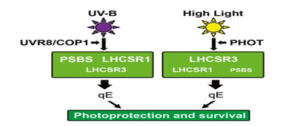 Light is good, too much light is bad. Photosynthetic organisms can dissipate excess light through a variety of means including non-photochemical quenching. Czechowski et al. show that in Chlamydomonas perception of UV-B light via the nuclear/cytosolic receptor UVR8 induces accumulation of proteins that contribute under high light conditions to non-photochemical quenching and the dissipation of excess light as heat. This study shows an example of anterograde signaling from the nucleus / cytosol to the plastid, and can contribute to efforts to improve crop efficiency through decreasing photoinhibition. Proc. Natl. Acad. Sci. USA 10.1073/pnas.1611567113
Light is good, too much light is bad. Photosynthetic organisms can dissipate excess light through a variety of means including non-photochemical quenching. Czechowski et al. show that in Chlamydomonas perception of UV-B light via the nuclear/cytosolic receptor UVR8 induces accumulation of proteins that contribute under high light conditions to non-photochemical quenching and the dissipation of excess light as heat. This study shows an example of anterograde signaling from the nucleus / cytosol to the plastid, and can contribute to efforts to improve crop efficiency through decreasing photoinhibition. Proc. Natl. Acad. Sci. USA 10.1073/pnas.1611567113


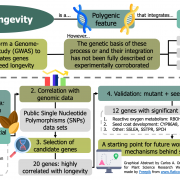
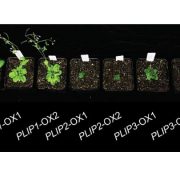
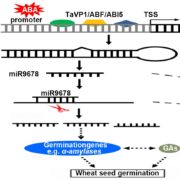
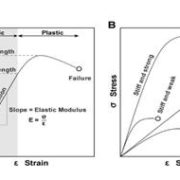
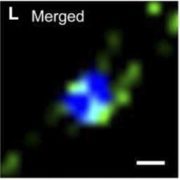



Leave a Reply
Want to join the discussion?Feel free to contribute!